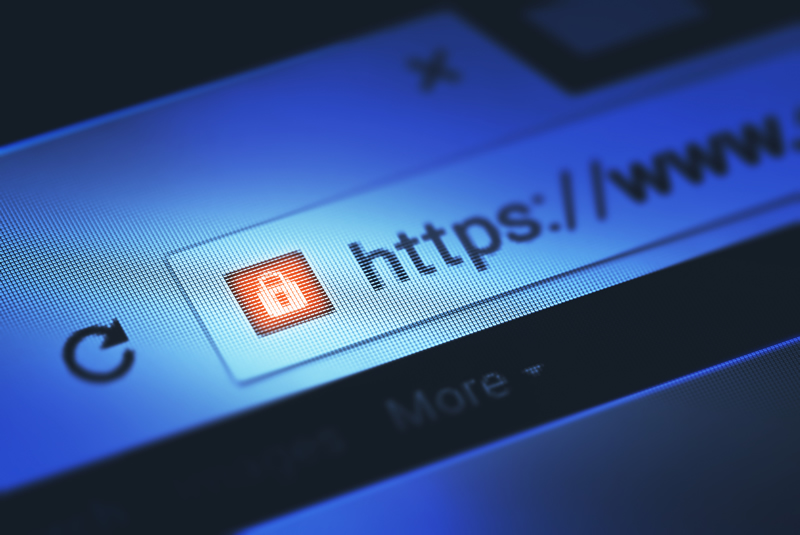What is an SSL Certificate?
SSL (Secure Sockets Layer) is the standard security technology for establishing an encrypted link between a web server and a browser. This link ensures that all data passed between the web server and browsers remain private and integral.
If you don’t have an SSL certificate, a secure connection cannot be established, that means, your company information will not be digitally connected to a cryptographic key.
An SSL Certificate has the following information:
- Name of the holder
- Serial number and expiration date
- Copy of the certificate holder’s public key
- Digital Signature of the certificate-issuing authority
Why do you need an SSL Certificate?
If your website does not have a trusted SSL certificate, Google Chrome will tag your site as ‘Not Secure’.
Any computer in between you and the server can see any credit card numbers, usernames and passwords, and other sensitive information if it is not encrypted with an SSL certificate. When an SSL certificate is used, the information becomes unreadable to everyone except for the server you are sending the information to.
What does an SSL Certificate do?
Encrypts Sensitive Information
The information you send on the Internet is passed from computer to computer to get to the destination server. Any computer in between you and the server can see your usernames and passwords, credit card numbers, and other sensitive information if it is not encrypted. When an SSL certificate is used, the information becomes unreadable to everyone except for the server you are sending the information to.
Protects You From Cybercriminals
Along with advanced technology comes advances in hacking and malicious website intervention techniques. It is impossible to escape cybercrime if your website doesn’t have an SSL certificate. Installing an SSL certificate offers a vital means of defending your website against hacks. Google wants every single site to be immune to hackers and identity thieves so that consumers are better protected. This is the main drive behind their October 2017 movement to tag sites that are not secure.
Builds Trust & Brand Power
With a website secured by an SSL certificate, your site visitors will see visuals like the security lock icon in a green address bar that assures well-trusted encryption is in place.
Before Google flags your website, secure it today with an SSL Certificate. The certificate is not expensive. For instance, Go Daddy is a trusted SSL Certificate provider and you can obtain one for under $99 per year. If you need help installing your SSL Certificate, call Kristi Eakin Design at 214-769-5461. This is a 15 minute process!




 In the last year, more and more of my clients have gotten their website hacked. There are a few simple steps you can take to help prevent cyber-criminals from accessing your website:
In the last year, more and more of my clients have gotten their website hacked. There are a few simple steps you can take to help prevent cyber-criminals from accessing your website: